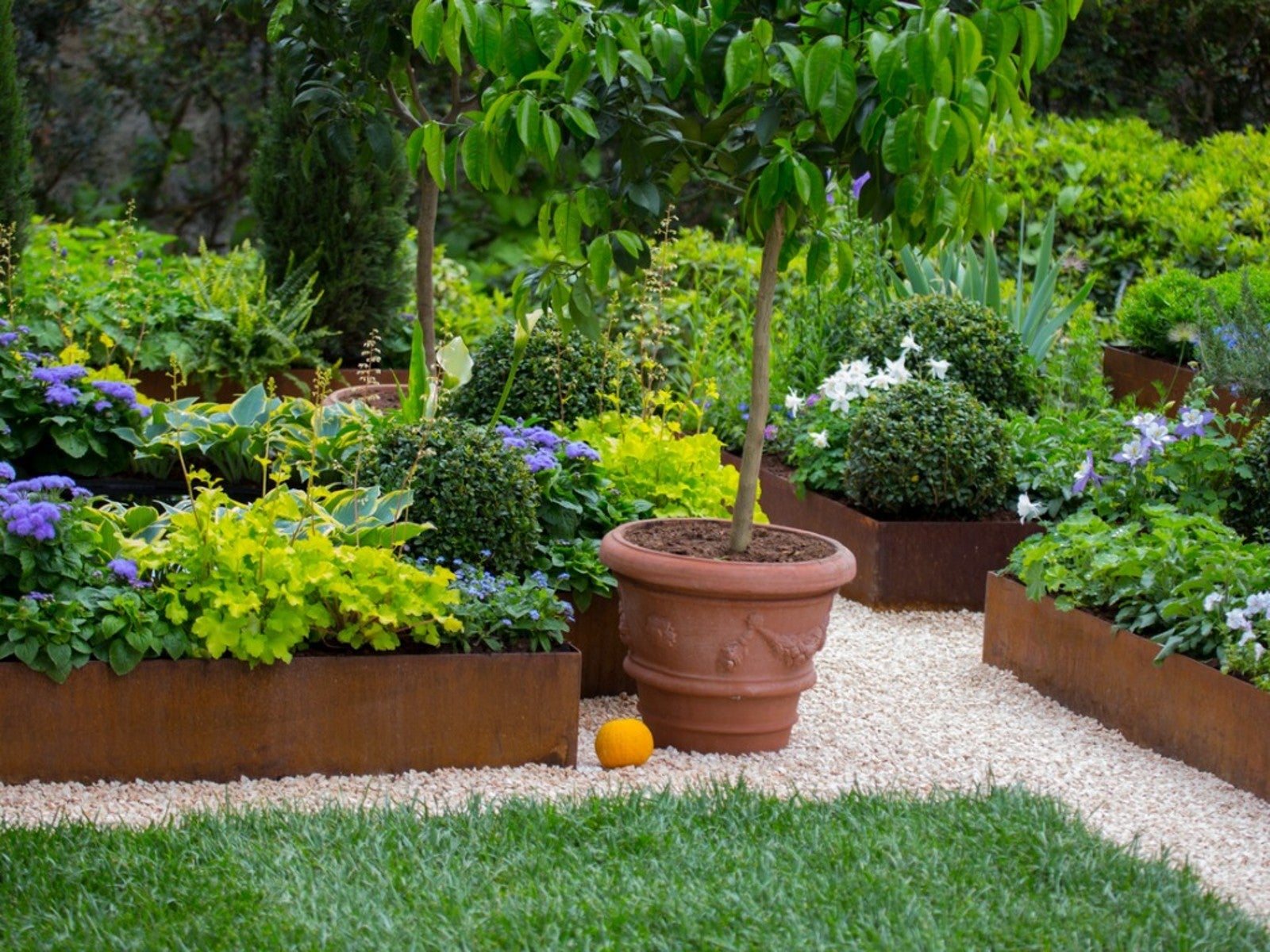Formal Raised Bed Flower Garden Design Ideas


For many flower growers, raised garden beds are a valuable asset. Gardeners with small backyards or limited growing space may find raised beds to be especially helpful, allowing them to create beds where it would be otherwise impossible. This commonly includes spaces with excess concrete, such as driveways or even patios.
Raised beds can also be used in regions where growers have to contend with less than ideal soil conditions. The use of high quality potting soils, compost, and mixtures of various nutrient-rich amendments lets gardeners create viable beds that are certain to produce the desired results. Further, raised beds are valued for their ease of use, accessibility, and the overall reduction in time spent tending to routine garden maintenance tasks.
Ideas for Raised Flower Beds
Before building a raised bed flower garden, there are several options to consider. While many growers find raised beds ideal for vegetable gardens, others may be more interested in using them for growing flowers or embellishing the home landscape. It’s important to explore all the choices related to raised bed size, shape, and the materials to be used. The overall desired aesthetic of the raised bed will play an important role in its construction and in its planting.
While many styles lend themselves to a more relaxed and informal look, careful thought and planning can help landscapers to create stunning formal raised bed gardens. Professionals agree it’s best when formal flower gardens are able to effortlessly blend in with their surroundings. You can achieve this by selecting more natural, neutral-colored materials for the construction of raised beds.
Raised bed structures may also vary in depth and overall shape. Some of the most popular formal flower beds are shaped irregularly and follow the contour of the space. Also popular are those with soft rounded edges. Rectangular and L-shaped beds are also a common choice, as they can be used to visually frame homes, sidewalks, and other structures.
Planting a Formal Flower Bed
Most raised bed flower gardens are planted intensively. This allows the growing space to fill in quickly, giving the bed a lush appearance. Formal flower beds are no exception. However, gardeners will need to carefully consider the growth characteristics of each plant.
Formal flower gardens should consist of a good mixture of annuals, perennials, bushes, and/or shrubs. This allows for diversity among the planting, as well as extended multi-season interest and color.
Gardening tips, videos, info and more delivered right to your inbox!
Sign up for the Gardening Know How newsletter today and receive a free copy of our e-book "How to Grow Delicious Tomatoes".
Uniformity, symmetry and shape all play a key role in the overall appearance of the raised bed, once it has become established. By planting each species in specific numbers or patterns, you will be able to create a growing space that looks both thoughtful and cohesive. Careful pruning of larger plants to manage their size and maintain the desired shape gives a tidier appearance, and can greatly increase the curb appeal of the home.

Tonya Barnett has been gardening for 13 years. Flowers are her passion. She has transformed her backyard into a cut flower garden, which she regularly chronicles on her YouTube channel http://www.youtube.com/@tonyawiththeflowers.